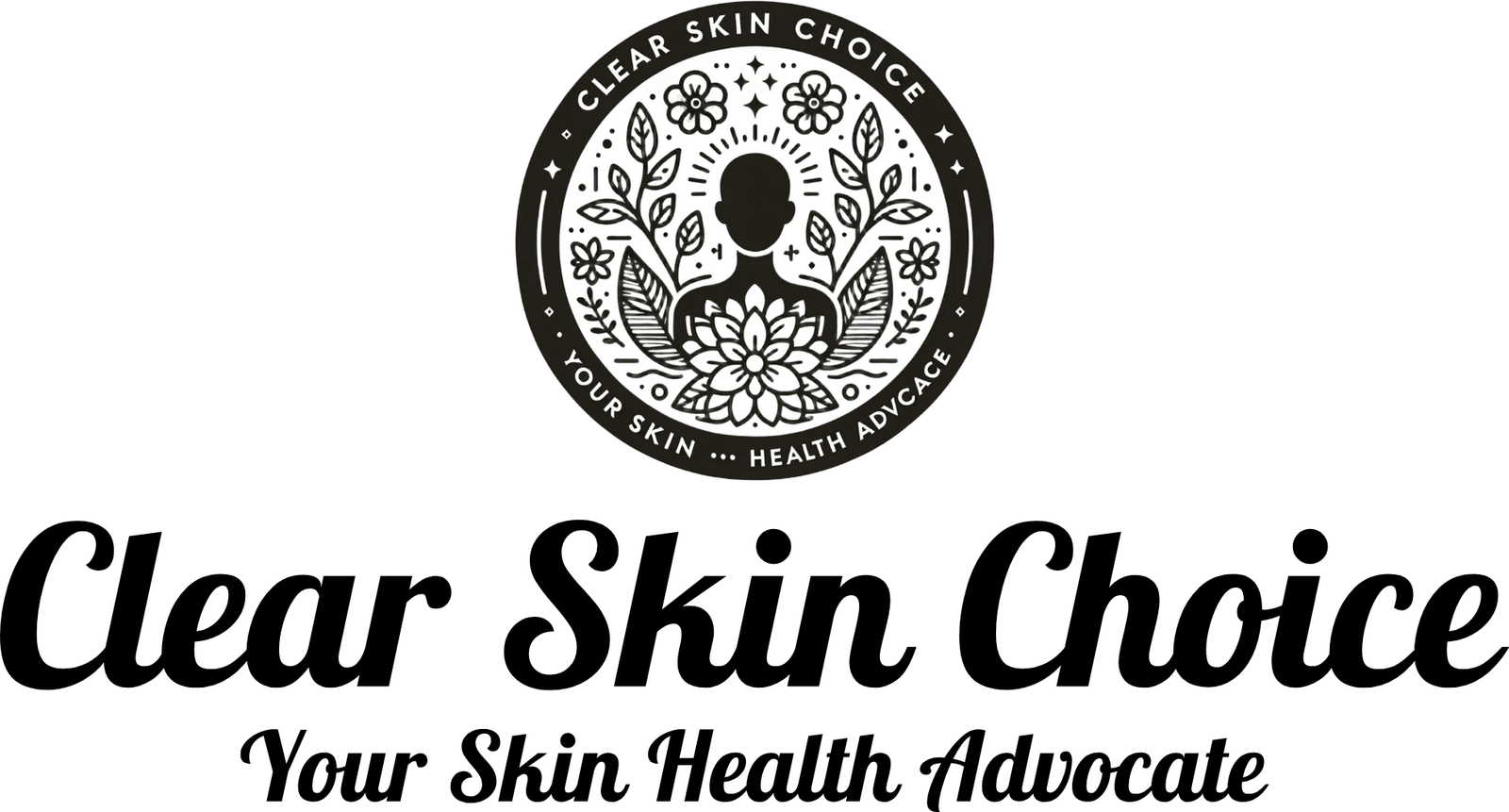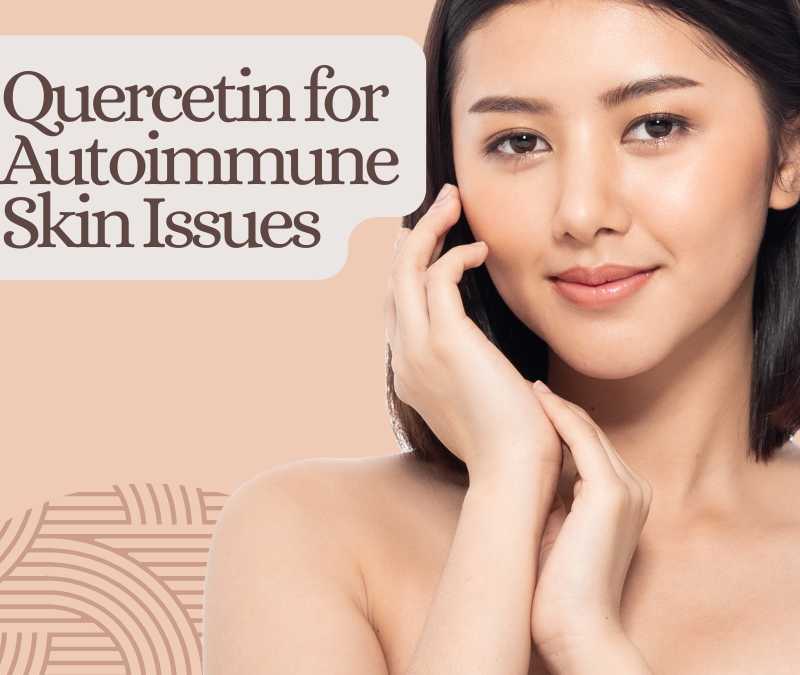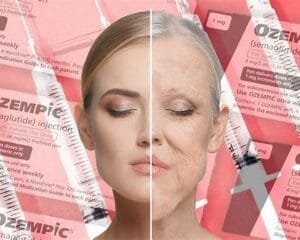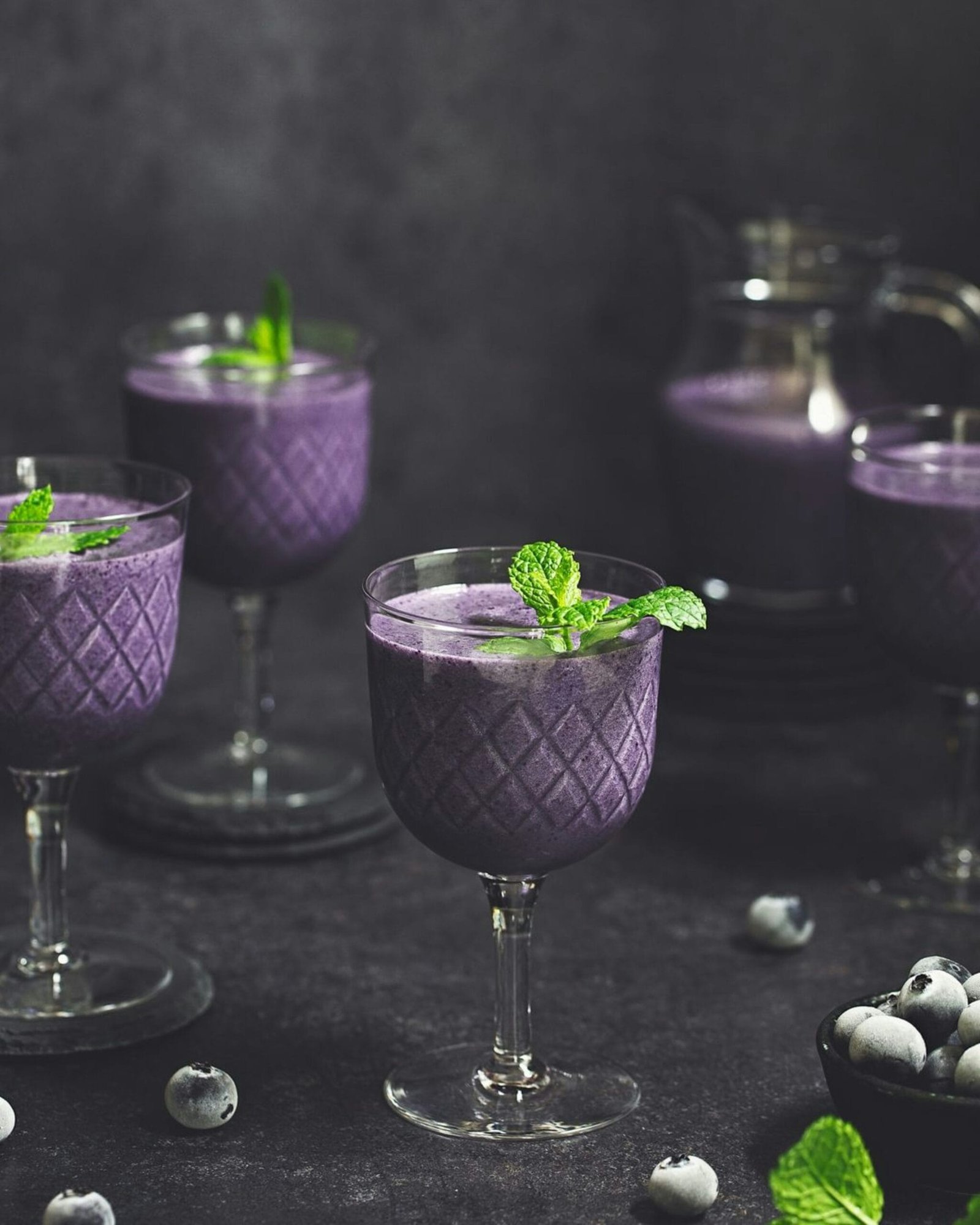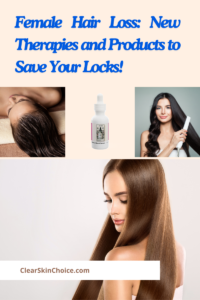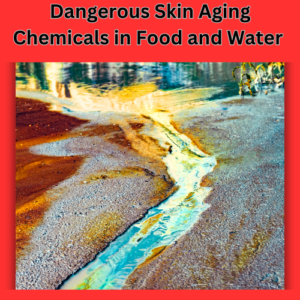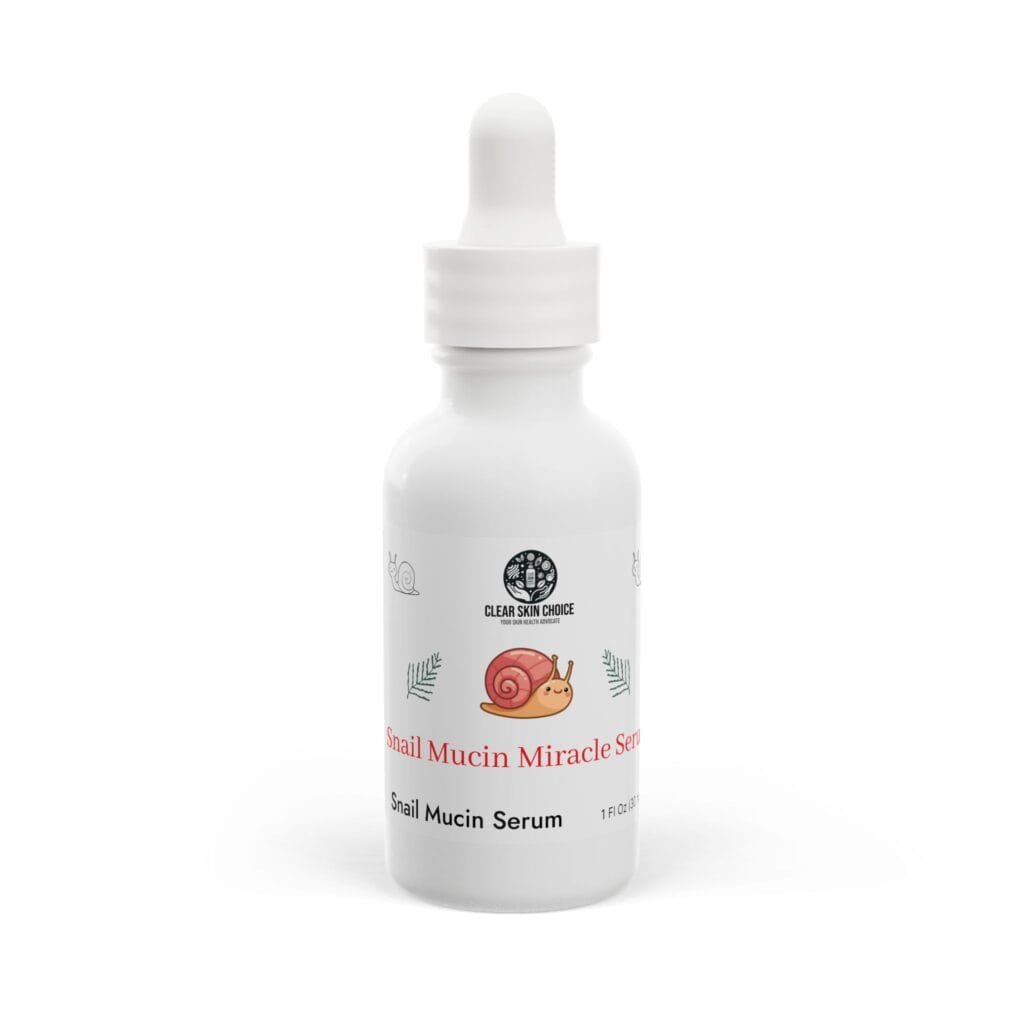How Quercetin Fights Autoimmune Skin Issues Naturally And Effectively
Table of Contents
Introduction: Quercetin for Autoimmune Skin Issues and Your Skin’s Defense
When your immune system turns against your own skin, the result can be maddening—itchy, inflamed patches from conditions like atopic dermatitis, psoriasis, or lupus-related rashes. These autoimmune skin issues stem from a complex mix of inflammation and oxidative stress, where the body’s defenses misfire. Enter quercetin, a plant-based flavonoid buzzing with antioxidant and anti-inflammatory powers. Found in everyday foods and available as a supplement, quercetin might just be the natural boost your skin needs.
This article dives into how quercetin can help tame autoimmune skin flare-ups, where to find it in your diet or supplements, and even skincare products that harness its potential. Whether you’re battling chronic redness or seeking prevention, here’s why quercetin deserves a spot in your toolkit.
Quercetin’s Benefits for Autoimmune Skin Issues
Autoimmune skin conditions—like atopic dermatitis (eczema), psoriasis, or systemic lupus erythematosus (SLE)—share a common thread: rampant inflammation and oxidative damage. Quercetin steps in as a dual-action hero. Its antioxidant properties neutralize free radicals, unstable molecules that harm skin cells and amplify inflammation. Meanwhile, its anti-inflammatory effects dial down the immune system’s overzealous response, targeting key players like cytokines and histamines.
In atopic dermatitis, for example, studies show quercetin can reduce levels of pro-inflammatory cytokines (IL-1β, IL-6, TNF-α) while boosting antioxidant enzymes like superoxide dismutase (SOD) and catalase. In lab models of human keratinocytes (skin cells), pretreatment with quercetin slashed inflammation markers and improved wound healing—crucial for skin battered by scratching or scaling. For psoriasis, quercetin’s ability to inhibit histamine release from mast cells could ease itching and redness, though human trials are still catching up to animal research. In lupus, where UV exposure often triggers skin flares, quercetin’s photoprotective qualities might shield against oxidative stress, offering a preventive edge.
The takeaway? Quercetin doesn’t cure these conditions, but it can dampen their intensity. It’s like turning down the volume on your skin’s internal alarm system—less irritation, faster recovery, and a calmer complexion.
Foods Rich in Quercetin

You don’t need a lab to get quercetin—it’s hiding in your grocery cart. This flavonoid thrives in colorful fruits, veggies, and even your morning tea. Here’s a lineup of top sources to load up on:
- Onions (especially red): Packing up to 39mg per 100g, red onions lead the pack. The outer layers are richest, so don’t peel too deep.
- Apples: About 4mg per 100g, mostly in the skin—eat them unpeeled for max benefit.
- Berries (blueberries, cranberries): Blueberries offer 7-14mg per 100g, cranberries up to 22mg. They’re also antioxidant powerhouses.
- Capers: The heavyweight champ at 365mg per 100g. A little goes a long way—sprinkle them on salads or fish.
- Broccoli: Around 3mg per 100g, plus bonus nutrients like vitamin C.
- Kale: 8mg per 100g, paired with skin-friendly carotenoids.
- Grapes (red): Red wine has 3mg per 100ml, thanks to grape skins—Shiraz might edge higher.
- Green Tea: Variable but significant; a cup can deliver a quercetin kick alongside catechins.
- Citrus Fruits: Oranges and grapefruits chip in smaller doses, around 2-5mg per 100g.
- Cherries: Roughly 3mg per 100g, adding sweetness to your skin-saving plan.
A diet heavy in these foods can net you 5-40mg daily, or up to 500mg if you’re a produce enthusiast. Cooking tip: quercetin holds up better in steaming than boiling, so keep those nutrients intact.
One of my favorites is Lox and Bagels prepared with red onion, capers, organic tomato, cream cheese, and smoked salmon on a natural bagel. This delicious combo is off the charts in quercetin! Treat your palate and skin health with this great-tasting treat!
Supplements Containing Quercetin
For a more concentrated dose, supplements are an option—especially if autoimmune flares demand extra firepower. Quercetin’s natural bioavailability is low (your body absorbs it poorly solo), so many products pair it with helpers like bromelain (from pineapple) or vitamin C to boost uptake. Here’s what’s out there:
- Quercetin Capsules: Standard doses range from 250-1000mg daily. Brands like NOW Foods or Life Extension offer pure quercetin or blends.
- Quercetin with Bromelain: Thorne Research and Jarrow Formulas combine these for anti-inflammatory synergy—typically 500mg quercetin + 100mg bromelain per serving.
- Quercefit® Phytosome: A high-absorption form (used in Cooper Complete Quercetin Complex), delivering up to 20x better bioavailability than standard quercetin.
- Quercetin Powders: Bulk Supplements sells pure powder for custom dosing—mix it into smoothies or water.
- Multivitamins with Quercetin: Some immune-focused multis (e.g., Garden of Life) sneak in smaller doses.
Safety note: Stick to 500-1000mg daily for up to 8-12 weeks—higher doses or long-term use lack robust safety data, especially for pregnant/nursing folks or those with kidney issues. Check with your doctor, as quercetin can interact with meds like antibiotics or blood thinners.
Skincare Products with Quercetin
Why stop at eating it? Topical quercetin can deliver its benefits straight to your skin, protecting against UV damage, calming inflammation, and aiding repair. While not as common as retinol or
- Skin Actives Regenerating Defensin Serum: Blends quercetin with peptides and antioxidants to renew dull skin. Apply morning or night after cleansing.
- Paula’s Choice Antioxidant Pore Purifier: Includes quercetin alongside niacinamide and salicylic acid for a calming, pore-clearing boost.
- Tesseract Quercetin Supplements (Topical Use): While sold as oral capsules, some DIY fans mix the powder into creams for custom applications—use with caution and test first.
- Dr. Jart+ Cicapair Tiger Grass Color Correcting Treatment: Contains quercetin-rich centella asiatica (not pure quercetin), known for soothing sensitive skin.
- Neova SmartSkincare DNA Damage Control: Features quercetin among antioxidants to shield against UV-induced oxidative stress.
Quercetin’s rarity in mainstream skincare reflects its emerging status—most products lean on its plant sources (e.g., green tea extract) rather than isolated quercetin. For DIYers, adding quercetin powder to a water-based cream is an option, but stability and penetration aren’t guaranteed without proper formulation.
Conclusion: Quercetin as a Skin-Saving Strategy
Quercetin isn’t a magic bullet, but it’s a promising ally for autoimmune skin woes. By curbing inflammation and oxidative stress, it tackles the root drivers of conditions like
References
- Gleeson, M. (2008). Dosing and efficacy of glutamine supplementation in human exercise and sport training. Journal of Nutrition, 138(10), 2045S-2049S.
- Hobson, R. M., et al. (2012). Effects of β-alanine supplementation on exercise performance: A meta-analysis. Amino Acids, 43(1), 25-37.
- Shen, P., et al. (2021). Potential implications of quercetin in autoimmune diseases. Frontiers in Immunology, 12, 689044.
- USDA. (2021). FoodData Central. U.S. Department of Agriculture, Agricultural Research Service. Retrieved from https://fdc.nal.usda.gov/
- Yang, D., et al. (2022). Quercetin improves inflammation, oxidative stress, and impaired wound healing in atopic dermatitis model of human keratinocytes. Frontiers in Bioscience-Landmark, 27(5), 155.
